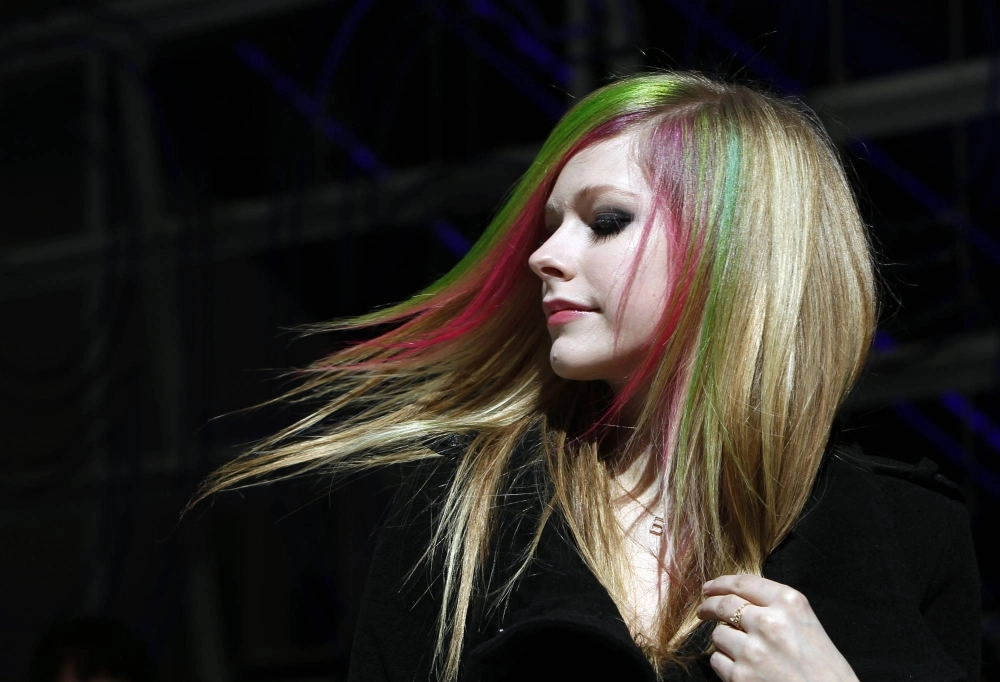A decade ago, pop-punk performer Avril Lavigne came to Tokyo — and drew widespread anger. In hindsight, she simply found herself at a crossroads of how the world viewed Japan.
April 24 marked the 10-year anniversary of the Canadian pop star’s music video for “Hello Kitty.” The clip, backing a stadium-rock-meets-big-field-EDM track that had come out on the singer’s eponymous 2013 album, found her dancing around Harajuku with four mostly emotionless Japanese dancers. They hang out in sweets store Candy-A-Go-Go on Takeshita Street, perform some choreographed moves inside clothing boutique Candy Stripper, and walk around the greater Shibuya area. Lavigne also makes a pit stop at a restaurant for some sake and sushi.



















With your current subscription plan you can comment on stories. However, before writing your first comment, please create a display name in the Profile section of your subscriber account page.